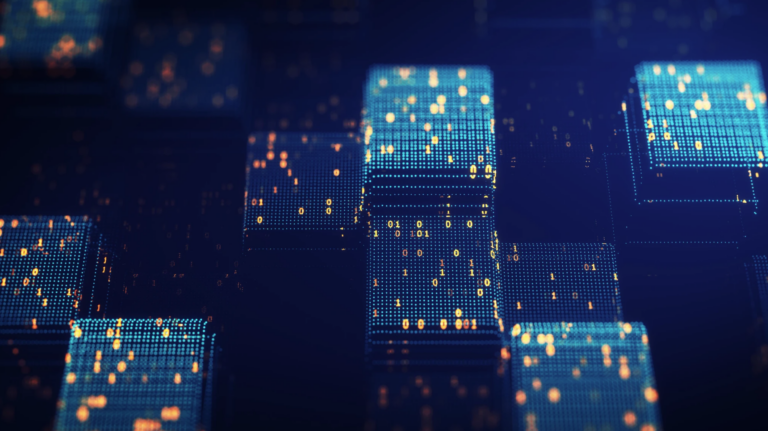 Explore the groundbreaking projects and real-world impacts of the HackAI Challenge powered by NVIDIA AI Workbench and Dell Precision.
Explore the groundbreaking projects and real-world impacts of the HackAI Challenge powered by NVIDIA AI Workbench and Dell Precision.
With graduation season approaching, a new cohort of students is embarking on next steps, aiming to use their passions and skills to make a real, tangible impact on the world. For many, this means — first and foremost — landing a job. According to a survey by Inside Higher Ed, more than 60% of students
Read Article
 One of the earliest architectural design decisions that went into the CUDA platform for NVIDIA GPUs was support for backward compatibility of GPU code. This…
One of the earliest architectural design decisions that went into the CUDA platform for NVIDIA GPUs was support for backward compatibility of GPU code. This…
 The NVIDIA CUDA-X math libraries empower developers to build accelerated applications for AI, scientific computing, data processing, and more. Two…
The NVIDIA CUDA-X math libraries empower developers to build accelerated applications for AI, scientific computing, data processing, and more. Two…
 Stacking generalization is a widely used technique among machine learning (ML) engineers, where multiple models are combined to boost overall predictive…
Stacking generalization is a widely used technique among machine learning (ML) engineers, where multiple models are combined to boost overall predictive…
For Nicolas Simon, advancing the field of robotics is a personal mission that could change his siblings’ lives. Two-thirds of Simon’s family members use wheelchairs due to mobility challenges related to Charcot-Marie-Tooth disease, an inherited genetic condition. As an engineering student and robotics club chair at France’s École Polytechnique, he saw the opportunity to build
Read Article
May brings more than just rainbows and sunshine — it’s also time for fresh adventures and epic battles. This GFN Thursday spotlights 20 can’t-miss games joining the cloud this month, with something for every kind of gamer. Gear up with the nine games available this week, on top of the launch of Rust’s Jungle Biome
Read Article
SANTA CLARA, Calif., April 30, 2025 — NVIDIA will host a conference call on Wednesday, May 28, at 2 p.m. PT (5 p.m. ET) to discuss its financial results for the first quarter of fiscal year…
The quick-service restaurant (QSR) industry is being reinvented by AI. For example, Yum! Brands — the world’s largest restaurant company and parent company of KFC, Taco Bell, Pizza Hut and Habit Burger & Grill — and NVIDIA announced their partnership at the NVIDIA GTC global AI conference last month, with the goal of deploying NVIDIA-powered
Read Article
